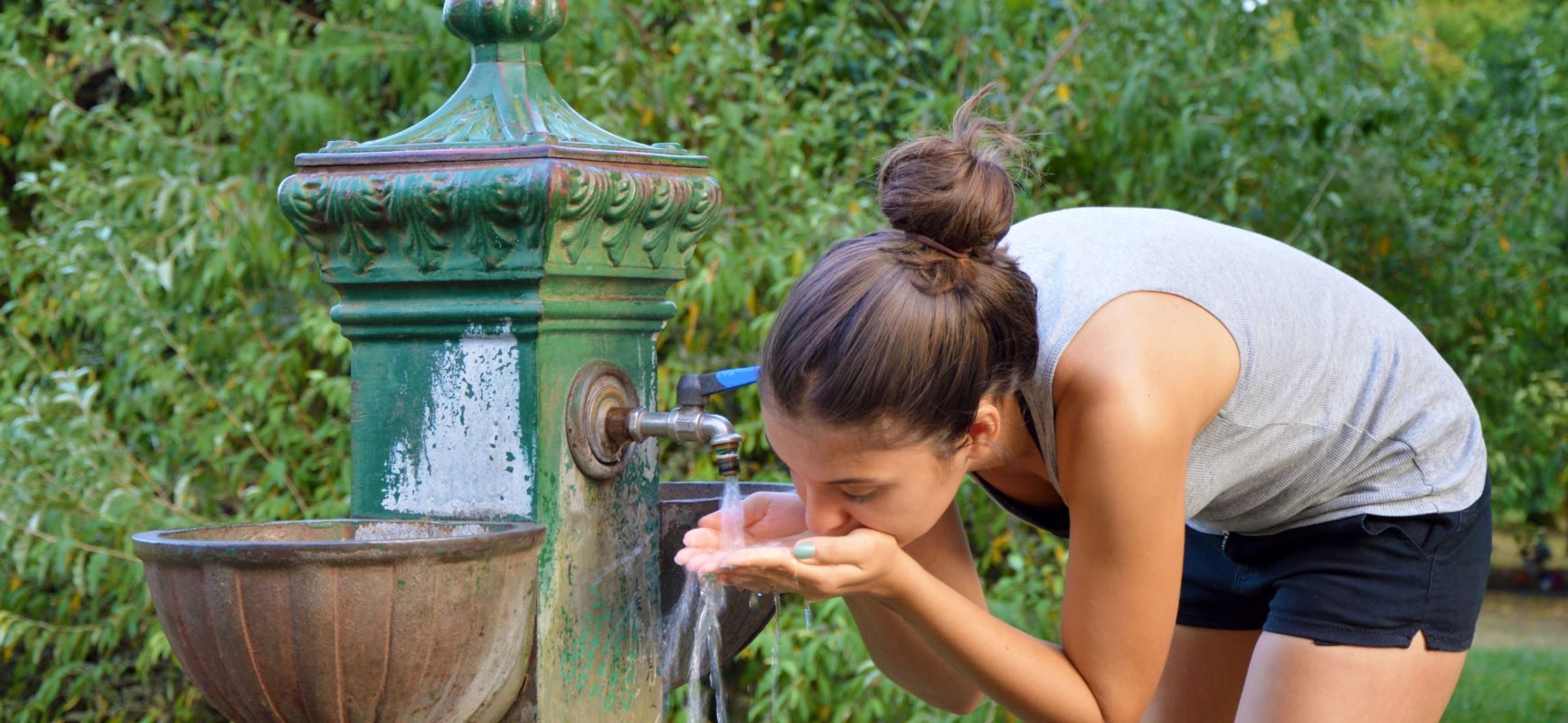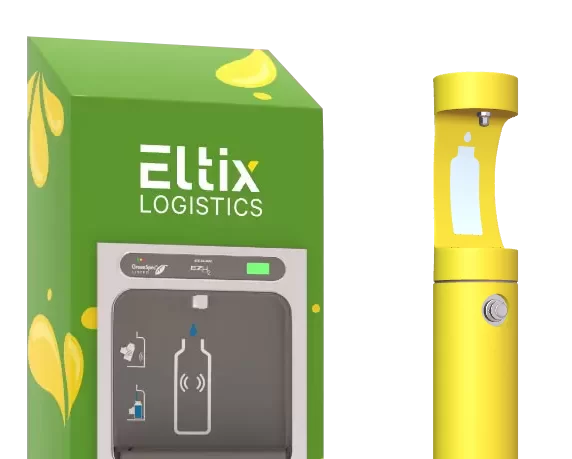 23rd Feb 2018 by MIW Water Coolers
23rd Feb 2018 by MIW Water Coolers
Public Drinking Fountains: A Slurp Through Time
I’ve been talking a lot, recently, about MIW’s project, in collaboration with the GLA (Greater London Authority) and the #OneLess bottle campaign, to install a network of free-to-use drinking fountains and bottle refill stations across London. The pilot project, which will start this month and run until mid-summer, will see MIW donate 20 fountains for installation in carefully selected high public use areas (we’ll be talking more about those areas soon), and has attracted a lot of media attention. The scheme has been featured on all the major news programmes and in all the national newspapers, hailed as something of a revolutionary step in the fight against plastic waste.
I have a confession to make, however: we stole the idea – from the Victorians.
These days, drinking fountains are broadly considered the remit of schools and sports facilities, but back in the 19th century they weren’t just a public convenience, but a matter of public health. The population was growing rapidly, and sanitation was failing to keep up. Provision of water from private companies was frequently contaminated, leading to a severe outbreak of cholera.
Cholera was – is – a truly nasty disease. Symptoms begin with nausea, dizziness and vomiting, and continue with diarrhoea, unbearable thirst and cramps. The only good thing about it is that the symptoms don’t last long– within 24 hours most patients are dead. At least, they were, before the days of modern medicine. In 1848 cholera was responsible for approximately 2,000 UK deaths every week.
Originally, the cause of cholera was thought to be ‘the great stink’; a miasma of stench which emanated from the highly polluted River Thames, but while there was a degree of truth in that thought, it took until 1854 for people to understand that the disease – and many others – was coming from contaminated drinking water. This was when the movement for the creation of clean public drinking fountains began.
In 1859 the Metropolitan Free Drinking Fountain Association was established in London, and the first free-to-use public drinking fountain was opened that April on Holborn Hill on the railings of the church of St Sepulchre-without-Newgate, funded by the public-spirited Samuel Gurney. It’s believed that it was used by more than 7,000 people on a daily basis, and that popularity led to the creation of many more drinking fountains, first in the capital – 85 were built in the next six years – and then throughout the UK. Cholera slowly became a thing of the past.
The public drinking fountain had a hey-day of about 50 years, but as general sanitation and standards improved, along with the means to easily carry drinks away from the home – the creation of cheap bottles – they fell into disrepair. Vandalism had always been a problem, and fountains weren’t cheap to repair. As time wore on and they were used less and less, repairs fell by the wayside and the drinking fountain was more or less forgotten – until a new, modern scourge took the stage.
Every day in the UK, 35 million plastic bottles are being used, and almost half of them – 16 million – are not being recycled. Instead, they’re ending up in landfill, or worse, in our waterways, and they are slowly poisoning our planet. By reinstalling modern – vandal-proof – drinking fountains, across our towns and cities, we can help to do to plastic bottles what the Victorians did to cholera. Now all we need is for you, the public, to use them.
What would it take for you to use #OneLess bottle a day?











